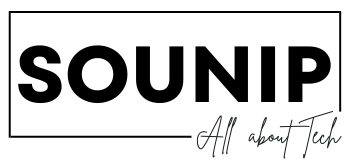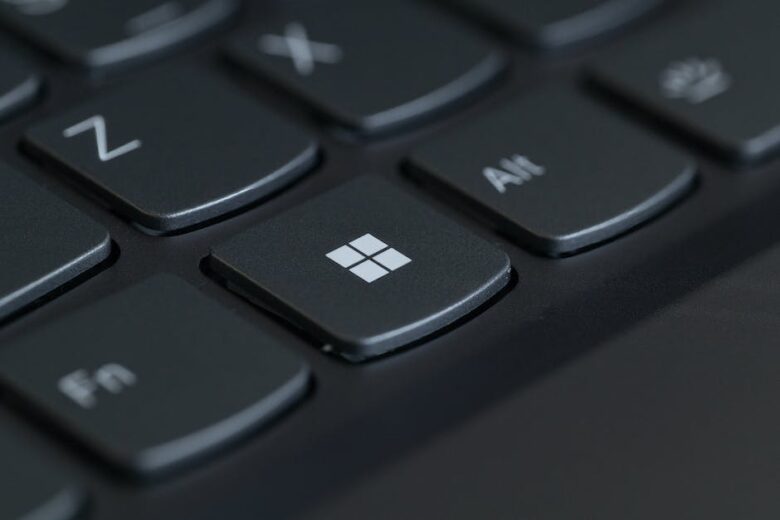Keyboard shortcuts provide an efficient way of accomplishing tasks you would typically use the mouse for. Windows 11 includes many new keyboard shortcuts designed specifically to facilitate touch, inking and voice interaction.
+ W – Opens Notification Center, featuring a personalized feed, full month calendar view and customizable Quick Settings flyout.
1. CTRL + TAB
Keyboard shortcuts (sometimes known as hotkeys) are an efficient way to save time while working on your computer. In Windows 11, a variety of keyboard shortcuts allow users to navigate around and complete various tasks more quickly and efficiently.
Ctrl+tab can be used to quickly switch between tabbed programs like browsers on MS Windows. Additionally, this combination can quickly minimize or maximize desktop windows.
2. CTRL + SHIFT + TAB
Ctrl + Tab cycles through all your open windows; shifting Alt + Tab does the same but in reverse.
Use the Windows logo key to quickly access some of the new features in Windows 11. Learn more at Quick settings in Windows 11.
Win+Left Arrow can resize an app or desktop window to fill exactly half of the screen, as well as work in combination with Windows key-A to resize vertically while maintaining width.
3. CTRL + L
Windows 11 introduced the Snap layout menu with this keyboard shortcut to enhance multitasking experiences by quickly moving apps between positions.
At the same time, it saves several seconds that would have otherwise been spent using the mouse to reach for the address bar. Ctrl L is particularly helpful if you have multiple browser tabs open. Using it lets you quickly switch between them without losing track of where you are online – especially useful when working on small displays!
4. CTRL + R
Upgraded in Windows 11, this keyboard shortcut opens your PC’s new Notification Center, featuring all notifications and a full month calendar view, along with personalized news feeds and direct access to popular applications and desktop widgets.
Windows logo key + arrow keys: Stretches your desktop window across both edges of the screen while maintaining its width, also minimizes/restoring windows, other uses may vary by key – click here for more details.
5. CTRL + C
Keyboard shortcuts–also known as hotkeys–make computer use faster and more convenient, particularly for those who use Microsoft Word extensively, enabling them to copy text from one document into another without using mouse clicks or the keyboard. They’re especially handy for frequenters of this software as you can copy it quickly into another document or email message quickly and seamlessly.
Windows 11’s keyboard shortcuts will help save you time and increase productivity. For instance, using Win + N to access your Notification Panel; and Ctrl + Alt + PrtScn key combination creates full-screen screenshots along with screen snipping so you can edit them later – are just two examples.
6. CTRL + V
The Ctrl + V keyboard shortcut enables you to quickly copy and paste text from one document into another, making transferring information between programs much simpler. Additionally, this short cut works in most dialog boxes and text fields.
The Windows logo key + N keyboard shortcut opens a brand-new Notification Center flyout that provides an organized view of notifications and a calendar view, plus quick access to news and information consolidated into one streamlined format. Updated for Windows 11, this shortcut also brings up Widgets interface which offers quick access to news and information arranged neatly in a streamlined layout.
7. CTRL + E
Ctrl + E, commonly referred to as C-E or “e”, opens the address bar or search bar of any browser – including Chrome, Edge, Firefox and Safari. This keystroke works on many popular web browsers such as Internet Explorer 8-9-10-11-13-14 15/16 17 17/19
Utilizing keyboard shortcuts is an effective way to increase productivity. Unlike the mouse, keyboard shortcuts allow you to perform certain actions quickly without going through menus or options. Unfortunately, not all keyboard shortcuts work on mobile devices or tablets; some require having either a physical or virtual keyboard installed on them first.
8. CTRL + F
Windows F keys serve multiple functions. F3 searches files within File Explorer; F4 displays an address bar list; and F6 cycles through screen elements on desktop or window desktop.
Do you know someone who would benefit from knowing more about keyboard shortcuts? Share this article on social media or on your work intranet – thanks! You’re amazing 🙂 -Timmy Williams, writer. Follow him on Twitter or read his articles here; the featured image comes courtesy of Microsoft.
9. CTRL + H
A helpful keyboard shortcut that launches the Command Prompt interface. Repeatedly pressing this key will reopen closed tabs on websites – an invaluable feature when searching for work-related applications or leisure games online.
Launches the Windows 11 Quick Settings panel, an ideal alternative to Action Center for managing system functions such as Wi-Fi, Bluetooth, Airplane mode and Battery Saver. In addition, this window also enables easy application management through creating or switching between alternate Desktops.
10. CTRL + R
Keyboard shortcuts (also referred to as hotkeys) are an efficient and cost-saving way to navigate Windows 11 without needing a mouse. Utilizing them can save time while increasing productivity.
Some keyboard shortcuts work across apps, like the Windows Key + Tab combination for switching virtual desktops. Meanwhile, others work only within certain applications – for instance Ctrl+R restores previously closed webpage tabs.
Other keyboard shortcuts open a feature in Windows such as Action Center or Widgets.



